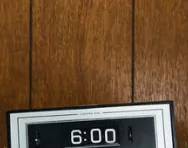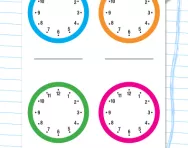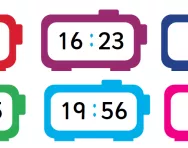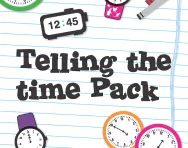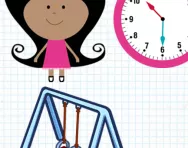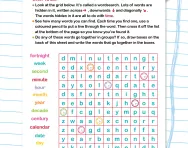Important update from TheSchoolRun
For the past 13 years, TheSchoolRun has been run by a small team of mums working from home, dedicated to providing quality educational resources to primary school parents. Unfortunately, rising supplier costs and falling revenue have made it impossible for us to continue operating, and we’ve had to make the difficult decision to close. The good news: We’ve arranged for another educational provider to take over many of our resources. These will be hosted on a new portal, where the content will be updated and expanded to support your child’s learning.
What this means for subscribers:
- Your subscription is still active, and for now, you can keep using the website as normal — just log in with your usual details to access all our articles and resources*.
- In a few months, all resources will move to the new portal. You’ll continue to have access there until your subscription ends. We’ll send you full details nearer the time.
- As a thank you for your support, we’ll also be sending you 16 primary school eBooks (worth £108.84) to download and keep.
A few changes to be aware of:
- The Learning Journey weekly email has ended, but your child’s plan will still be updated on your dashboard each Monday. Just log in to see the recommended worksheets.
- The 11+ weekly emails have now ended. We sent you all the remaining emails in the series at the end of March — please check your inbox (and spam folder) if you haven’t seen them. You can also follow the full programme here: 11+ Learning Journey.
If you have any questions, please contact us at [email protected]. Thank you for being part of our journey it’s been a privilege to support your family’s learning.
*If you need to reset your password, it will still work as usual. Please check your spam folder if the reset email doesn’t appear in your inbox.
Teaching time the 21st century way
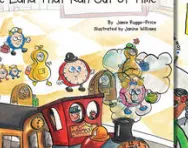
"Has ten minutes passed yet? When are they going to be here? What time are they coming? What time is it now? How long until they arrive?" – all standard questions I’m asked whenever the kids are waiting for friends to come and play. I find them only marginally less frustrating than "What’s for dinner?" (as they eat the last mouthful of lunch) and "Are we nearly there yet?" (as we drive out of our road), so I was intrigued to discover a new method for teaching time.

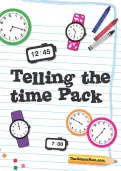
Teach your child to tell the time!
- Telling the time pack
- Step-by-step programme
- Worksheets and tutorials
My half-hearted attempts to explain a clock face to my daughter Kate hadn’t been very successful – could learning to tell the time really be so difficult?
The trouble with teaching time
"It’s one of the most frustrating subjects to teach," confirms Jamie Rugge-Price, creator of the Aramazu method. "I was making a series of five-minute children's pre-school documentaries and one subject I considered was Time and the Clock – until I started to map out the script and realised it wasn't a five-minute but a five-week programme that was required! As an adult and parent I had simply forgotten how complicated teaching time can be. My Eureka moment happened a few months later on the M4. What if every hour on the clock was the shape of a mountain, and the minutes were the steps Time used to climb up and down each mountain?"
Success in schools
Creating a story around the mechanics of telling the time is a completely new concept, but Aramazu’s educational consultant has seen measureable results in schools. "My proudest moments are when I receive unsolicited comments from parents or teachers," says Jamie Rugge-Price. "A recent parent comment was: 'I cannot recommend your books and CD enough, you have made my just-turned-five-year-old, who now knows the basics of telling time, a very proud little girl... and her mummy too!' It makes my whole teaching-time journey worthwhile."
The result is the Aramazu method, a series of three illustrated story books and a CD about a land where time has been forgotten – and what the inhabitants do to reclaim it again.
At the moment I could probably recite the whole story word for word as my son Tom insists on listening to it at least once a day, giggling with glee at the sorry fate of the evil princess Tempora. The repetition certainly seems to have borne fruit – at age four Tom is very comfortable reading the hours and half hours on our big kitchen clock, and Kate, seven, has finally got the hang of ‘past’ and ‘to’.
